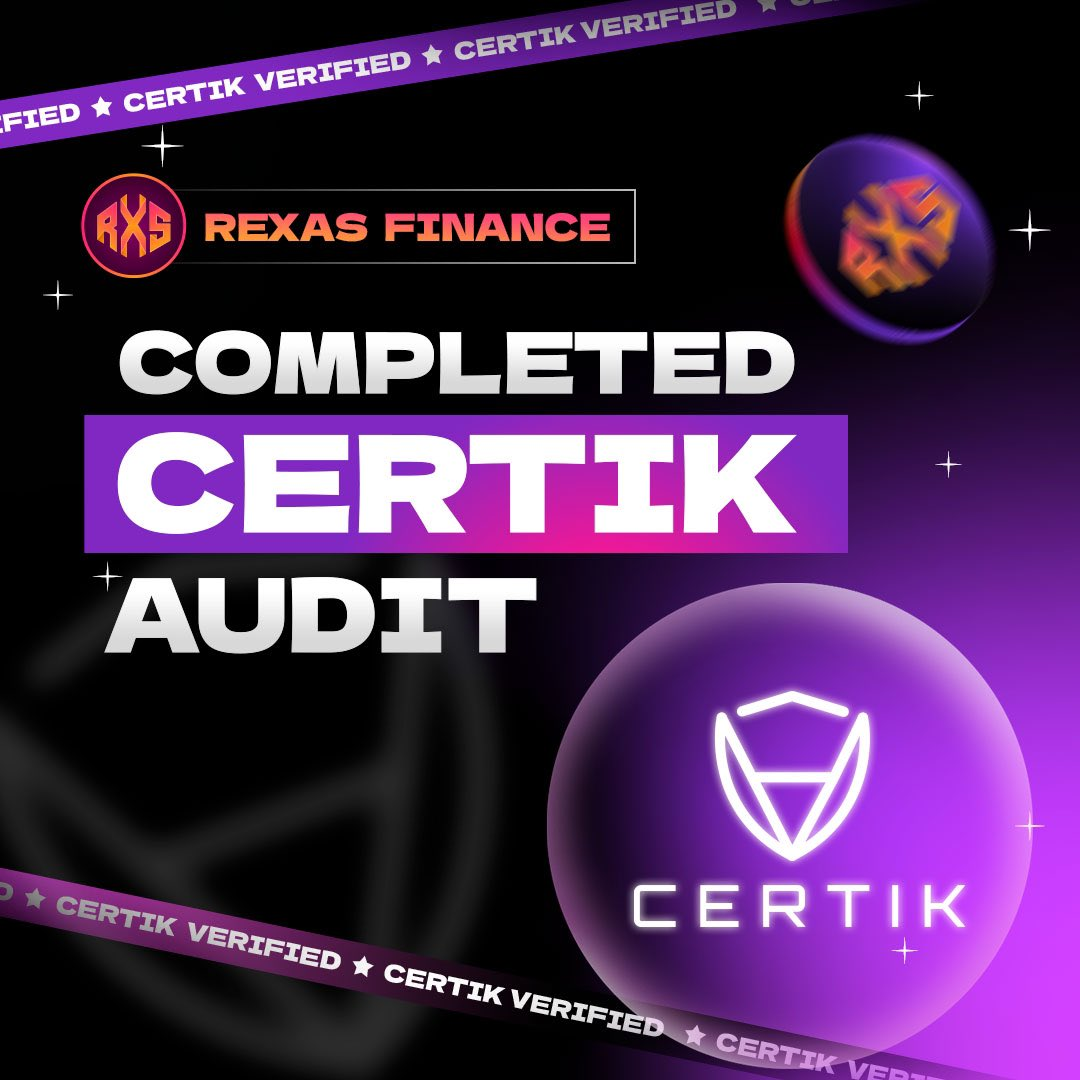
While investors scan the horizon for an official announcement from World Liberty Financial (WLFI) over its USD1 stablecoin, on-chain data indicates significant activity. The USD1 stablecoin has recorded a daily trading volume of nearly $44 million following a soft listing on BSC and Ethereum.
USD1 Stablecoin Records $44 Million In Daily Trading Volume
According to data from Coingecko, USD1 stablecoin has recorded frenetic activity levels over the last 24 hours. Data from the crypto data aggregator, USD1 stablecoin has garnered a daily trading volume of $44.8 million over the last day.
The surge in daily transaction activity comes in the absence of an official exchange listing announcement of USD1 stablecoin. However, USD1 tokens are raking up impressive numbers following the soft launch on decentralized exchanges like PancakeSwap V3 on BSC. On-chain data reveals that the most active trading pair on PancakeSwap V3 is the USD1/WBNB with volumes of nearly $22 million.
Despite the 43,714% spike in daily transaction activity, total supply sits at just over the $7 million mark. WLFI cofounder ZachWitkoff reposted a tweet alluding to the soft launch of the USD1 stablecoin on Ethereum and BNB Chain.
“The stablecoin USD1, created by the WLFI ecosystem, has recorded $45 million in volume within its first 24 hours live,” wrote the pseudonymous Notaz.Sol on X. “Now available on BNB Chain and Ethereum, the strong debut signals growing interest and demand for USD1.”
USD1’s daily trading volume spike follows an airdrop proposal for WLFI holders early in the week in an attempt to drive adoption metrics.
When Will WLFI Announce An Official Exchange Listing?
Weeks after WLFI percolated the ecosystem with the announcement of USD1, the stablecoin is yet to make its debut on centralized exchanges. The delay in listing continues to stump investors but recent on-chain transaction volume indicates a major listing announcement is imminent.
A previous listing date prediction for USD1 fell through but enthusiasm is still running high for community members. Since the April 1 prediction did not pan out, eyes are fixed for a listing announcement before the end of April.
However, pseudonymous crypto analyst xHuai.eth opines that the listing will likely coincide with the passing of a new stablecoin bill in the US. Flowing from the official announcement for the USD1 stablecoin, the technical aspect for the listing is covered with Ethereum and BNB Chain tapped for launch, hinting at a potential listing.
USD1 is racing against other industry firstmovers like USDC and USDT and an early listing will give it an edge to snag a slice of the market share.
The post WLFI’s USD1 Stablecoin Garners $44 Million In Trading Volume Ahead Of Official Launch appeared first on CoinGape.











